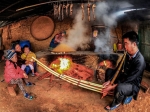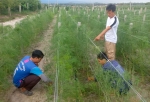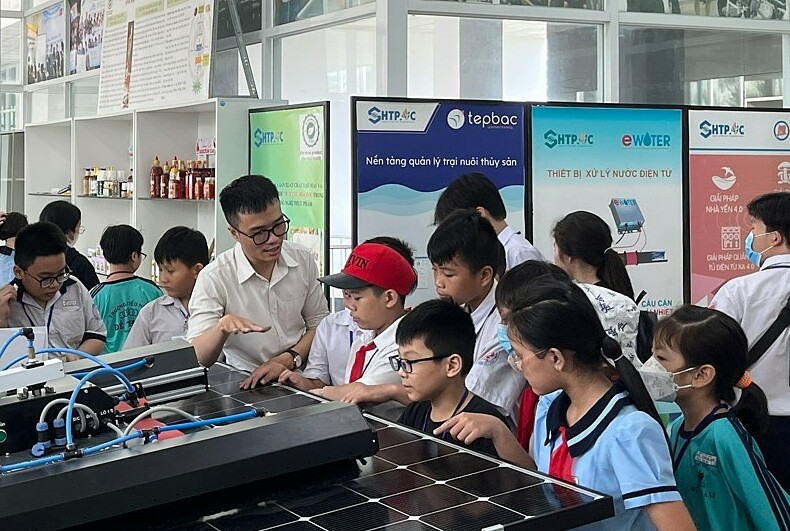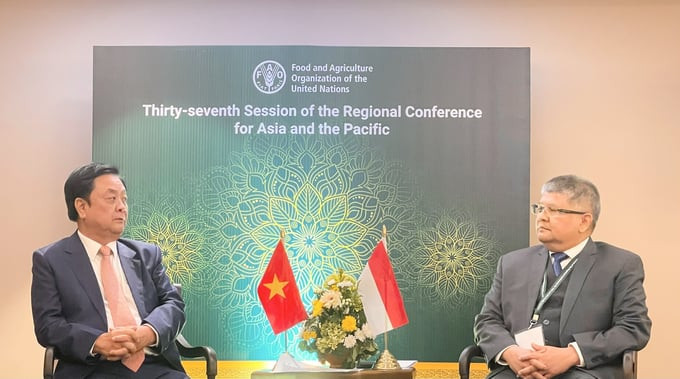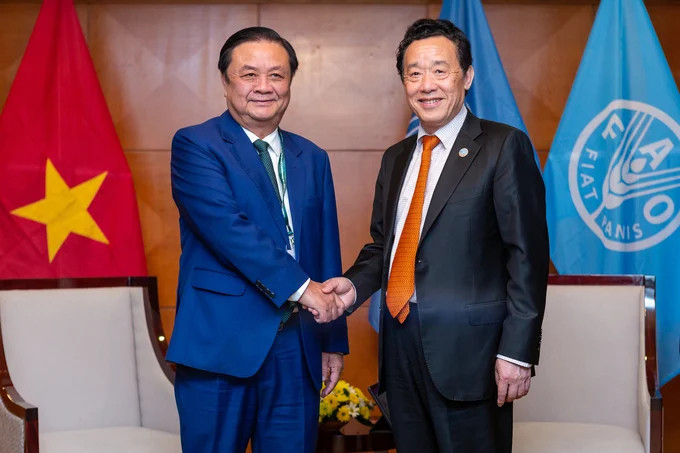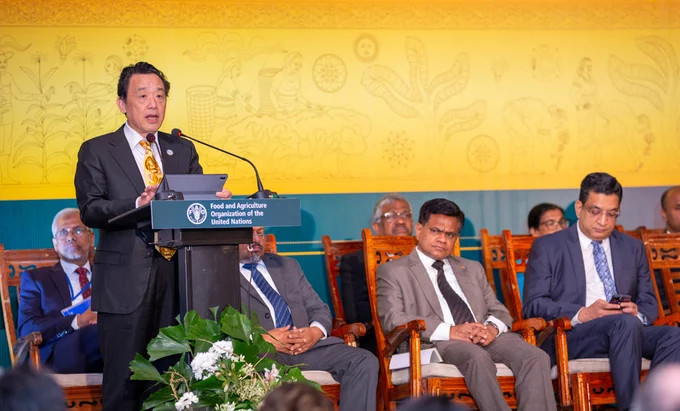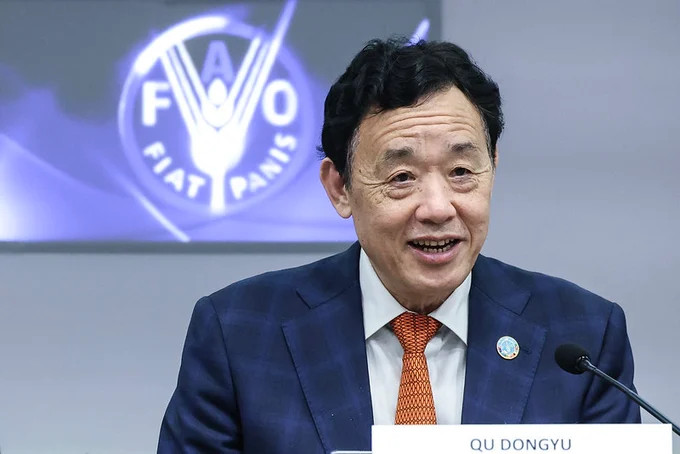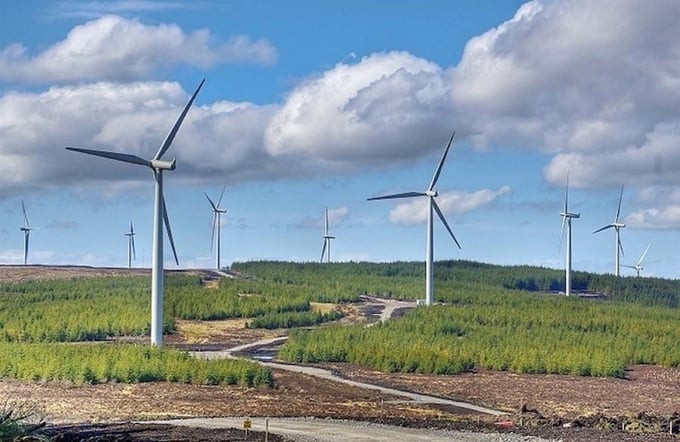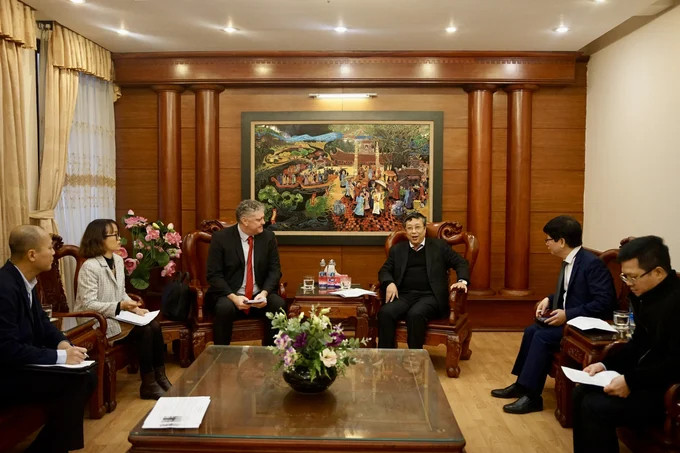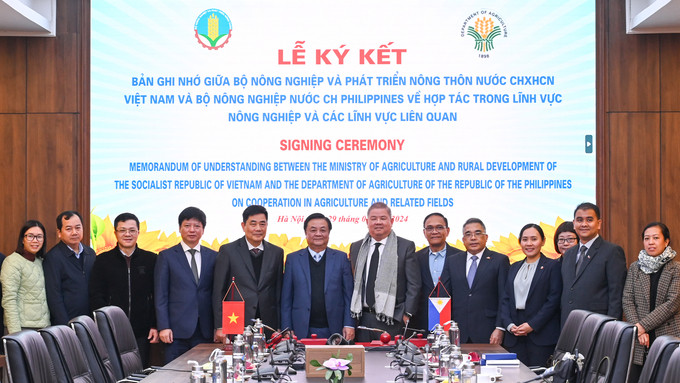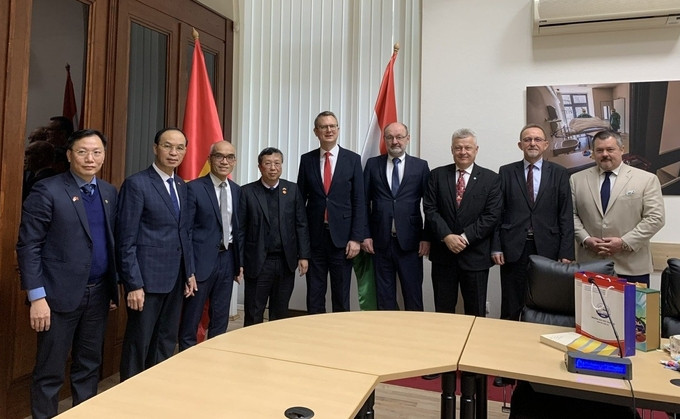
The signing ceremony of cooperation agreement on forming a pork trading floor in Ho Chi Minh City (HCMC)
Associating five provinces and building 34 pork supply chains for the city
On the afternoon of August 14, the HCMC Department of Industry and Trade, the HCMC Department of Agriculture and Rural Development, and the Mercantile Exchange of Vietnam (MXV) signed a cooperation agreement on forming a pork trading floor in Ho Chi Minh City.
According to the statistics of the HCMC Animal Husbandry and Veterinary Sub-Department, every day the city consumes 10,000 pigs (equivalent to 800 tons of meat), 400–500 cows (equivalent to 120 tons), and 125,000 poultry (equivalent to 250 tons). Of these, pork accounts for 75%.
With five industrial cattle slaughterhouses, every day 5,000–5,500 pigs can be slaughtered to supply the whole city, with a process ensuring food safety, origin, strict veterinary quarantine, etc.
As for the control of 4,500 remaining pigs from provinces and cities, Mr. Nguyen Huu Hoai Phu, Deputy Director of the HCMC Department of Agriculture and Rural Development, said that the unit has worked with five provinces: Tay Ninh, Dong Nai, Binh Duong, Long An, and Tien Giang, to build 34 pork supply chains for the city.
These 34 supply chains handle approximately 1,500 pigs each day from provinces and cities. So, there are still 3,000 pigs that have not joined the chain, causing the higher and stricter control of quarantine stations at the city's traffic gateways. The city's agriculture sector strives to continue to build more pork chains so that pork from other provinces moved to the city is closely monitored.
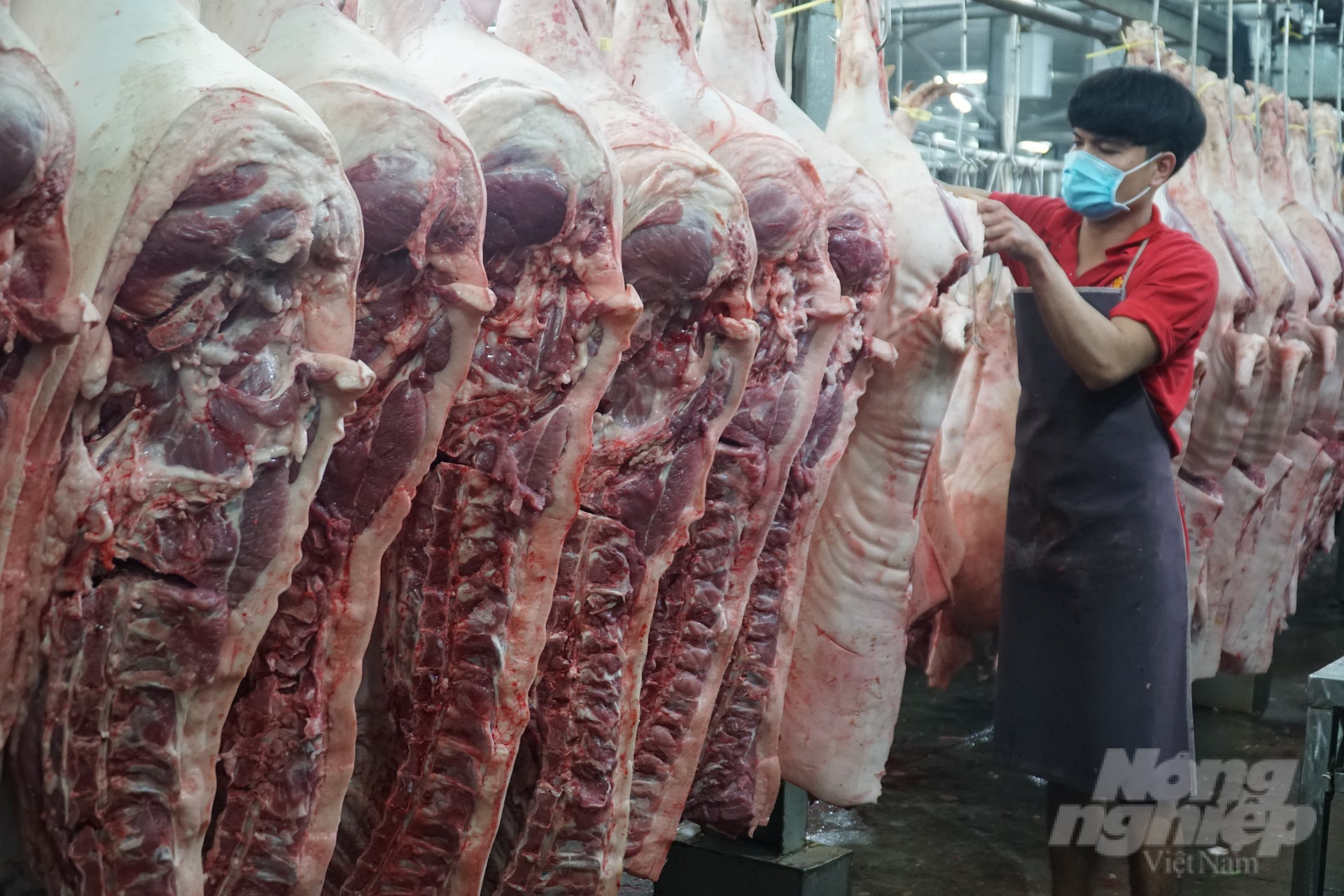
The pork trading floor helps farmers be oriented in production in accordance with the market
Helping farmers participate directly and more deeply in the pork supply chain
According to Mr. Nguyen Nguyen Phuong, Deputy Director of the HCMC Department of Industry and Trade, the efficiency of the pork trading floor will overcome the dependence on traders and the unstable price, and farmers have the right to decide the selling price. Through the trading floor, goods will ensure a higher quality of food safety.
"China is a very large pork consumption market. If we have a production and supply strategy, China will also be a place to support Vietnam's livestock, and the trading floor is the best place to support exports," said Mr. Nguyen Nguyen Phuong.
Mr. Nguyen Ngoc Hoa, Chairman of the HCMC Business Association, said: “The cooperation between the HCMC Department of Industry and Trade and MXV to deploy commodity trading floors, firstly the pork trading floor, will bring many benefits, such as limiting intermediates, creating opportunities for state management agencies to regulate supply and demand, and catching up with the trend of applying information technology in electronic transactions to trading goods, etc."
According to the Chairman of the HCMC Business Association, HCMC has many favorable conditions for opening a pork trading floor. Specifically, HCMC has a pork traceability program; two big wholesale markets, namely Hoc Mon and Binh Dien; modern distribution channels; and large companies and pig farms. When products are put on the trading floor, their price is public, and everyone who is eligible to trade can participate.
"This is the right direction and needs to be implemented quickly. However, in order to organize a pork trading floor, there needs to be synchronous coordination between relevant agencies," said Mr. Nguyen Ngoc Hoa.
Regarding the benefits of the pork trading floor, Mr. Nguyen Duc Dung, Deputy General Director of MXV, said that this floor helps farmers participate directly and more deeply in the pork supply chain and be oriented in production in accordance with the market, thereby improving economic efficiency and receiving more benefits from the value chain of pork products.
Besides, thanks to the trading floor, pork traders are provided with modern and effective buying and selling tools, which continue to play a pivotal role in the pork supply chain. In addition, consumers will use products that are strictly controlled with food safety assurance and true product value.
"The pork trading floor operates in an advanced manner and uses modern and compatible technology that can connect to the world commodity market. The floor’s operation is suitable to the socio-economic conditions and the current situation of livestock and pork trading in Ho Chi Minh City, the South area, and the whole country.
Thereby, the trading floor will help to upgrade the pork market; stabilize the market through the law of supply and demand and transparent information; effectively control food safety; control veterinary quarantine; and increase budget revenue from the supply chain of pork products," said the Deputy General Director of MXV.
Translated by Huyen Vu Thu




